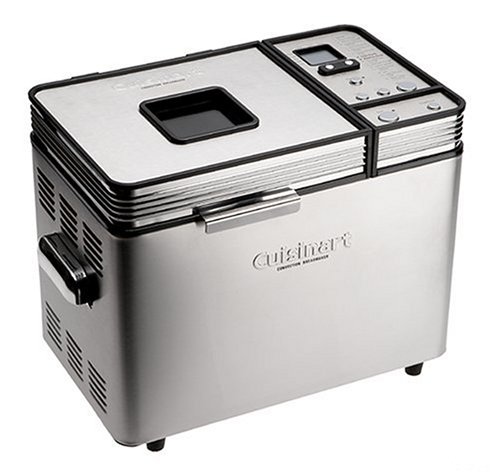In this day and age of Teflon and stainless steel pots and pans, it may be hard to understand that for centuries the cast iron skillet was the ONLY way that people had to cook. The Chinese developed and began using this skillet around 500 B.C. except their skillets contained 3 feet on the bottom so it could rest over the fire during cooking. Iron was found to be a wonderful source of material for cookware of all types because it is easily shaped into whatever size is desired.
Another benefit from using iron cookware is that the food absorbs a bit of the iron from the skillet during cooking which is believed to be great for people suffering with iron deficiencies. For the people whose bodies do not need or cannot tolerate the extra iron, there is a cast iron skillet that they can use also. This type of cookware is still cast iron but has been enameled which protects the iron surface. The Dutch oven is a popular example of this. It allows you to take advantage of the heat retention and distribution traits of this cookware without having to worry about taking in extra iron.
Something you must do with your skillet to keep it from rusting is a process known as seasoning. You will first wash your skillet with hot water but try to use only a small amount of soap as it is not great for your pan. When you have finished washing it, using vegetable oil, cover every part of the inside of your cast iron skillet. Place in a pre-heated to 350 degrees oven on a cookie sheet and let set for an hour. You may want to open a window or 2 as this can cause a lot of smoke in your house. Once the process is completed, your skillet will look all shiny.
When it's time to clean your skillet, you only need to use a paper towel to wipe it out and then put new oil on the surface. If you are concerned about germs, any traces of bacteria that MIGHT be lingering on the surface will be destroyed when you use it to cook next. You can also wait until your cast iron skillet has cooled down and use some hot water to wash it out. Just avoid using soap. Dry it thoroughly and re-apply a coating of vegetable oil.
Promotions Canopy Bed Drapery Invicta Subaqua Noma Iii Decide Now


